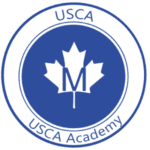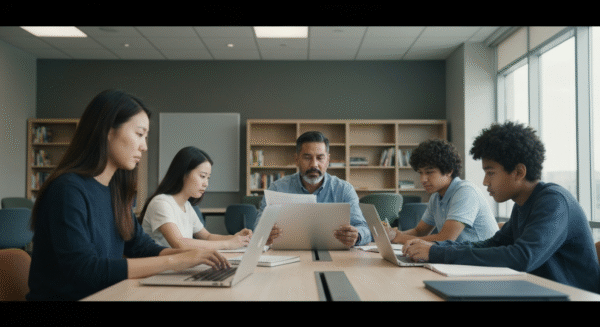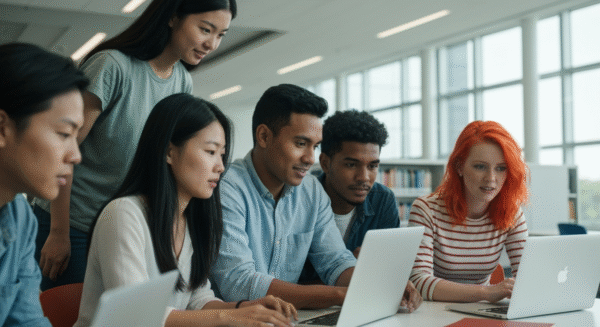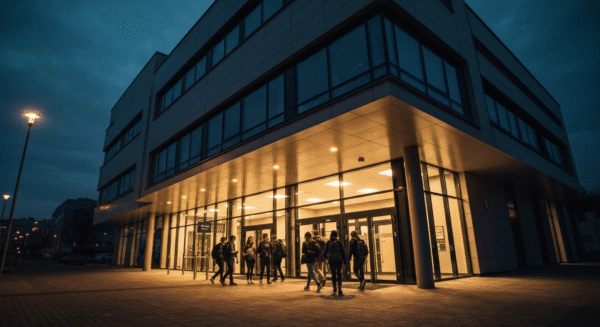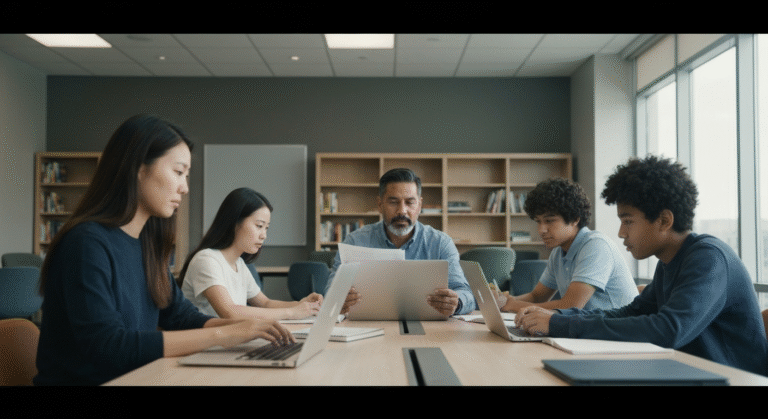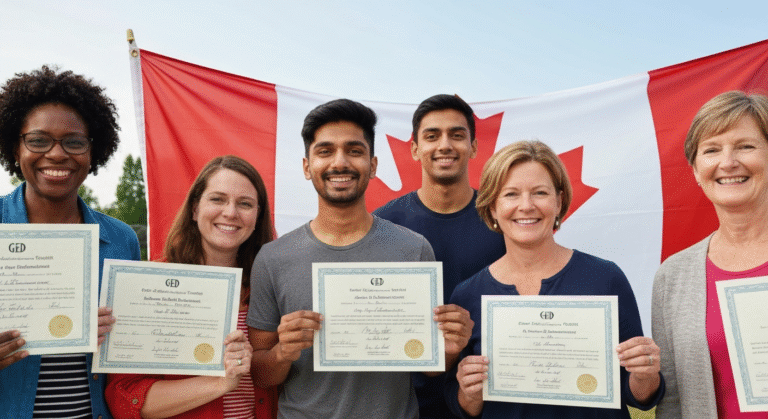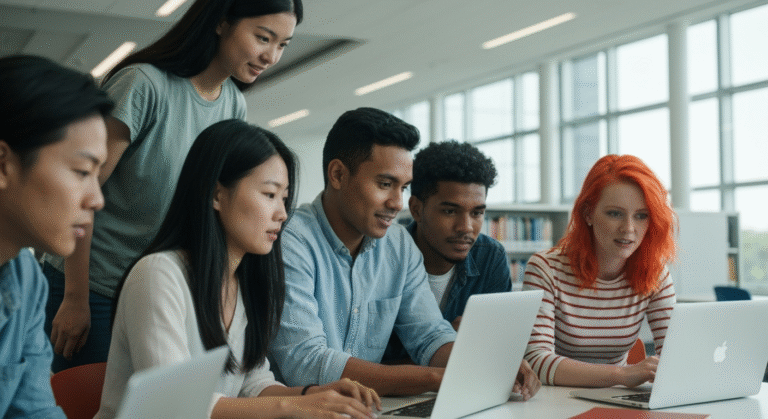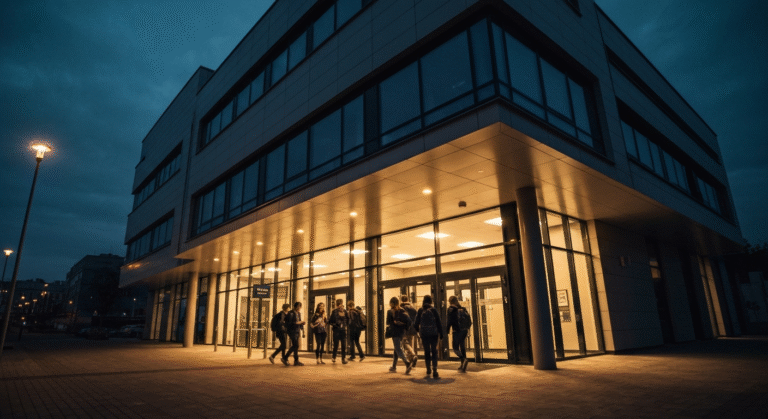Key Highlights of British Columbia School System
- British Columbia has many schools for students. You will find public school, private, independent, and Indigenous schools across the province. They all welcome a big student population, which comes from different places.
- The BC curriculum is known all over the world for being new and creative. It challenges students and brings together STEM, fine arts, and social studies in the lessons.
- In British Columbia, parents can choose if they want their children to go to a public school or an independent school. They can also pick special programs like French immersion or International Baccalaureate for their kids.
- The province uses a simple grading system. The things you need to do to graduate are easy to understand. You need to get a Dogwood Diploma when you finish.
- The top schools in Vancouver, Victoria, and Kelowna are thought to be some of the best in Canada.
- British Columbia’s education system accepts international students, and helps local ones as well. In these schools, people are using digital learning even more. They also care about students from every background and teach about how to keep the planet healthy.
Introduction
British Columbia schools, including places like USCA Academy, are some of the best for education in Canada. Students in the province of British Columbia get a good learning experience. Education in British Columbia gives many choices for students. Lessons are current and the schools are managed well. This makes the province of British Columbia a top choice for both families and international students.
You can choose public or private schools, like USCA Academy. The province has a strong plan for education. They focus on high standards, new ideas, and making sure all students feel welcome. This helps students do their best in school and their lives.
Overview of the British Columbia School System in 2025
In 2025, the BC education system is known for the wide public education system. This also has a busy group of both independent and private schools. The British Columbia Ministry of Education is the one that gives rules and direction for the public school system. There are 60 school districts in British Columbia. Each one takes care of its own group of people and manages its resources in its own way. This helps the public school system work well and meet the needs of people in the area.
British Columbia works hard to make sure its education system is open to everyone. The province has many qualified teachers. The student population here is very mixed. This shows the range of people living in the area. The curriculum is built so that students can get ready for higher education. It also helps them get ready for jobs and to be active members in their town and the world.
Now, let’s talk about how BC schools are run, how the schools are put together, and why people around the world look up to them.
Governance, Structure, and Reputation of BC Schools
Governance of public schools in British Columbia is managed by the Ministry of Education and the school district boards. This helps keep everything clear for people in each community. A board of trustees is in place in every school district. People in the area vote to pick the board. The board hears what the community wants but still follows the rules made by the province.
Public schools in BC are known to be very good. They have many qualified teachers. There are strong resources for learning in these schools. The teachers and staff really focus on helping every student do well. In the 2019–2020 year, more than 665,000 students went to public schools in BC, all over the province. Out of all these students, about 86% finished high school in six years.
Many families from outside the country pick British Columbia. The schools in British Columbia have simple steps for admission. There are many programs to choose from. British Columbia has options for international students. You will find these programs in public schools in BC and in private schools. The grading system and lessons in these schools are made to help people here and from other countries.
New changes in classes and help for students with different needs help British Columbia stay ahead in education. The schools keep making things better for all. With this, students in British Columbia can get the help they need. These updates let every student feel a part of the class. British Columbia is always working to make school better for everyone.
Recent Trends and Innovations in British Columbia Education
Innovation has always been at the heart of the education programs in British Columbia. The curriculum changes often to keep up with new problems in today’s world. Students in all grade levels learn both fine arts and STEM. This helps them to be creative and think in fresh ways.
The BC education system has become more digital. Now, the students can join online classes, and they get help that is made for their way of learning. In social studies and other academic subjects, the teachers focus on showing more diversity and include the views of Indigenous people. This means that the province is working to be open and fair for all people and their needs.
In the last few years, schools in British Columbia now care more about teaching students about sustainability. Dr. Peter Fassbender, the Minister of Education, says, “British Columbia’s schools help students be global citizens and leaders for a world that changes fast.” This way of teaching helps students do well when they go to post-secondary schools. These schools include the University of British Columbia, Simon Fraser University, and the University of Victoria.
Categories of Schools in British Columbia
Families in British Columbia can choose from many different types of schools. There are public schools in BC, private schools in BC, independent schools, and some schools that include Indigenous teachings. Each one is there to help meet different needs parents and kids may have.
Public schools are managed and funded by the local school districts. These schools are the main part of the system. Independent and private schools have their own teaching styles and special programs.
With these options, every student can get a school that fits them. It does not matter where they be from or what things they like. The next parts will tell you what makes each kind of school different. You will also see the good things that come with each choice.
Distinctions Between Public, Independent, Private, and Indigenous Schools
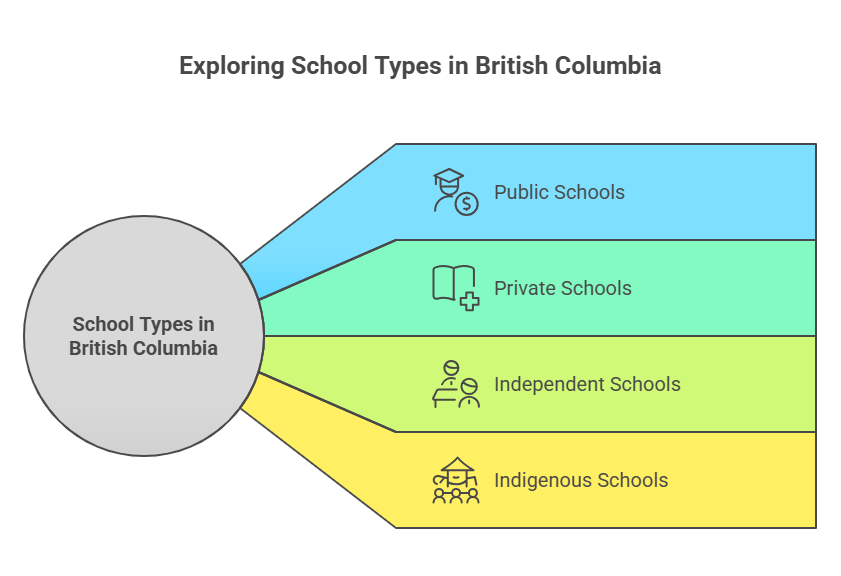
Knowing how different types of schools in British Columbia work can help you pick the one that is right for your child.
- Public schools: These schools are run by school districts. They get money from the provincial government. They use the BC curriculum. They do not teach any one religion. They take all students who live in the district.
- Private schools: In British Columbia, most people call these independent schools. They can be faith-based. Some offer special programs like Montessori or Waldorf. There are four groups of schools. Group 1 and Group 2 get some money from the government. USCA Academy is one private school that gives students many academic choices. It teaches using the BC curriculum. It is good for both local and international students. It has a helpful place to learn.
- Independent schools: These schools work by rules in the Independent School Act. They follow rules from the province. They get more freedom than public schools. They can choose more about how they teach and manage the school. USCA Academy is an independent school. It can change what it offers to fit what students need.
- Indigenous schools: These schools teach Indigenous languages, culture, and traditions. Local Indigenous groups usually help run these schools.
Each type of school has something unique. Public education in British Columbia is open to everyone. Private schools and independent schools may focus on things like culture or religion. When you look at schools in your area, think about your family’s values and how your child learns. You should also check what each school offers. If you are looking at private or independent schools, USCA Academy could be a good choice. It is known for helping students and working for academic excellence.
Catholic, French Immersion, and Specialized School Options
British Columbia has many types of schools for you to choose from. There are the usual public and private schools. But you can also find schools in British Columbia that have special ways of teaching. These schools give you other ways to learn and help you pick what is best for you.
- Catholic schools: Many Catholic schools are part of the independent schools BC group. These schools teach students about their faith and also follow the normal rules set by the school district for learning. If you want to find a Catholic school, you can go to your local school district’s website or visit the Federation of Independent School Associations.
- French immersion: Students can go to French immersion classes in both public schools and private schools. The goal is to help students learn to speak French well since it is Canada’s second official language. A lot of families pick these schools in big cities like West Vancouver and Victoria.
- Specialized schools: Some schools in British Columbia focus on subjects like fine arts, science, or technology. There are also schools that help students who need more support than others.
These special programs help students get better at arts, STEM, or learning another language. This is what makes the schools in british columbia different and interesting. There is something here for all of us, no matter what we want to do or learn.
BC Curriculum, Grade Levels, and Assessment Standards
The BC curriculum is used to show what students have to learn in british columbia schools. It helps with teaching from kindergarten to secondary school. The grade levels are there to help students deal with big changes in their school years. The rules for testing help make sure things are fair and the same for everyone.
There is a simple way the teachers use to grade students. Students also know what they need to do to graduate. This helps students get ready for university, college, trades, or work after they finish school. The next parts talk more about the bc curriculum. You will read how students get graded and find out about special programs offered in british columbia secondary school.
Curriculum Framework, Grading System, and Graduation Requirements
British Columbia has a curriculum that helps students learn by asking questions and exploring things. It also gives time to different academic subjects. The goal is for students to get skills that will help them later in life, not just in school. The grading system in British Columbia gets updated often. This makes sure students have a fair and clear way to be graded from elementary up to secondary school.
To finish high school and get the dogwood diploma, students need to follow the rules made by the province. Here is a short list of what you need to do:
Category | Details |
|---|---|
Grade Levels | Kindergarten (age 5) to Grade 12 (age 18) |
Core Academic Subjects | Language Arts, Mathematics, Science, Social Studies, Fine Arts, Physical and Health Education |
Grading System | Uses percentages and letter grades; passing is typically 50% or higher |
Graduation Requirements | 80 credits in Grades 10–12, including required and elective courses. Must complete Career Life Education and Connections |
Diploma Awarded | Dogwood Diploma (official BC certificate of graduation) |
This way, students get a wide range of skills and knowledge. They are prepared for college or other choices in North America and many other places.
Unique Programs: International Baccalaureate (IB), STEM, and Language Immersion
Schools in British Columbia give students many ways to learn. A few top programs be International Baccalaureate (IB), STEM, and language immersion. IB uses subjects like social studies and fine arts to teach. In this program, students get to think in new ways and understand more about the world. STEM helps you be good at analysis and finding new ideas. This matches how the province supports higher education. With language immersion, students get better at new languages. It helps them get ready for jobs around the world. All these programs be taught by qualified teachers. Small class sizes mean students get more help and have a good way to learn.
Conclusion
Schools in British Columbia in 2025 are doing a great job with education. They give students many choices. They use new ways to teach, too. The leadership team behind the bc education system works hard to make it better for everyone. This helps British Columbia have a good name in education both here and in other places around the world.
When we look at different schools in British Columbia, such as public schools, Indigenous schools, and USCA Academy, we see many good options. The education system cares about all students. It works to meet the needs of different people.
The schools in British Columbia, including USCA Academy, have new and special programs. They also use up-to-date ideas like more online learning and teach students to care for our world. This helps students in the british columbia education system get ready for their next step in life. If you want to join, or if you have questions, you can get a free talk. This talk can help you choose what is best for your child in the BC education system.
Frequently Asked Questions
1. How are British Columbia schools ranked and where can I find ratings?
You can look up lists of the best schools in British Columbia. The British Columbia Ministry of Education, the Fraser Institute, and your school district make these lists. They use the BC grading system and check student grades. These groups use other ways to see how all schools in British Columbia do and compare them.
2. What is the admissions process for international students in BC schools?
The BC school admission process helps international students who want to study in British Columbia. You can apply by going through the British Columbia Ministry of Education, the public education system, or independent schools. The papers you need, your English level, and the tuition fees will be different based on the school type and which district you choose. Make sure to look on the school websites for the steps you will need to follow and all the details about public education in British Columbia.
3. Where can I find resources to compare schools by city or region in British Columbia?
To find and compare schools near you, start by going to your local school district website. You can also use the British Columbia Ministry of Education website. The Fraser Institute has useful facts as well. These places share details about schools in Vancouver Island, Greater Vancouver, and other spots across british columbia. They help you get the info you need for education in british columbia. This way, you can make better choices for you and your family.
